Description
Barite was discovered to contain a new element in 1774, named in 1800, then Barium was extracted in 1808. Barite is the primary source of Barium, and it’s primarily used in the Oil and Gas industries as a drilling mud additive for weight. In addition, it’s used in fireworks, and according to Wikipedia, it’s used “in added-value applications which include filler in paint and plastics, sound reduction in engine compartments, coat of automobile finishes for smoothness and corrosion resistance, friction products for automobiles and trucks, radiation shielding concrete, glass ceramics, and medical applications (for example, a barium meal before a contrast CT scan). Baryte is supplied in a variety of forms and the price depends on the amount of processing; filler applications commanding higher prices following intense physical processing by grinding and micronising, and there are further premiums for whiteness and brightness and color. It is also used to produce other barium chemicals, notably barium carbonate which is used for the manufacture of LED glass for television and computer screens (historically in cathode ray tubes); and for dielectrics. Historically, baryte was used for the production of barium hydroxide for sugar refining, and as a white pigment for textiles, paper, and paint. Although baryte contains the toxic alkaline earth metal barium, it is not detrimental for human health, animals, plants and the environment because barium sulfate is extremely insoluble in water. It is also sometimes used as a gemstone.”

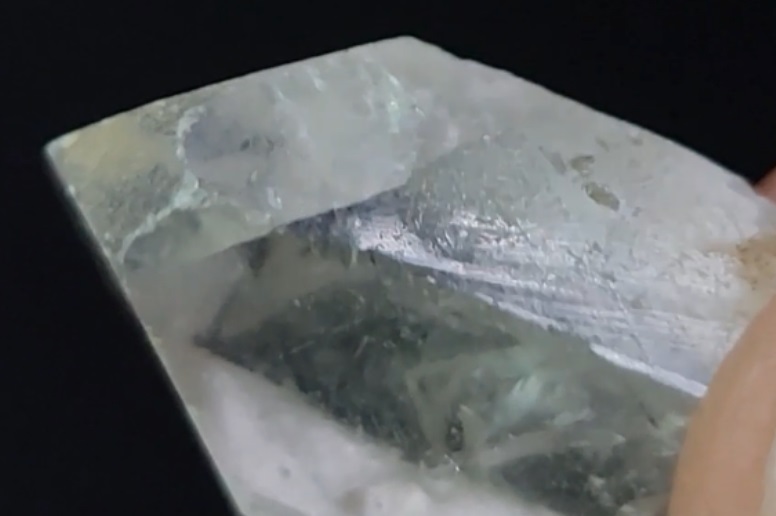
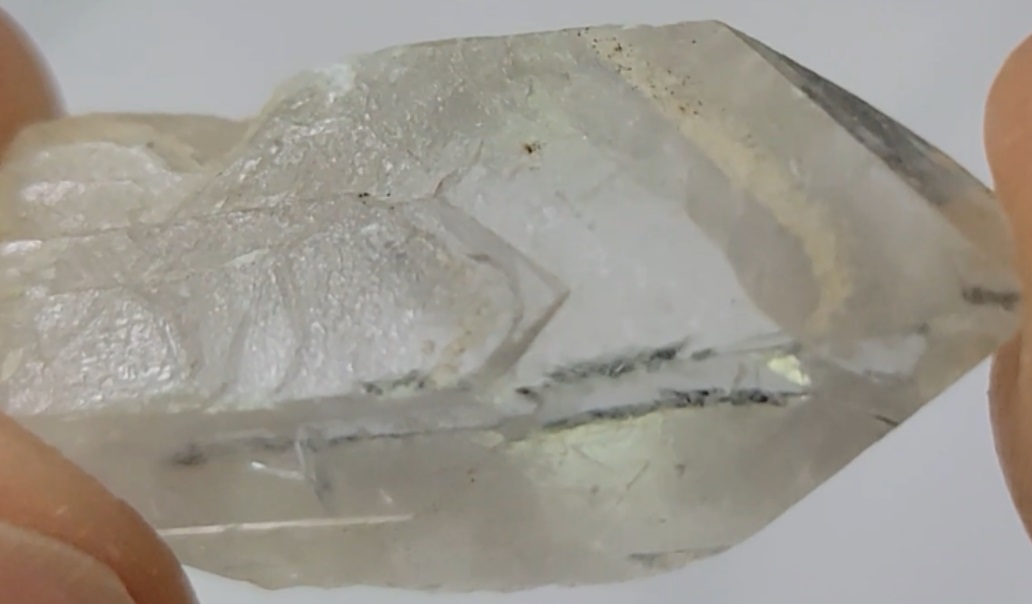
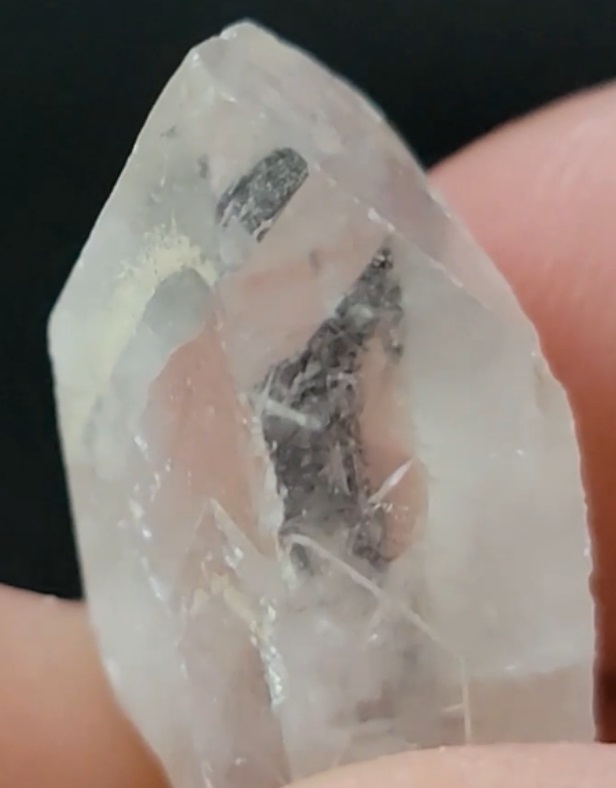
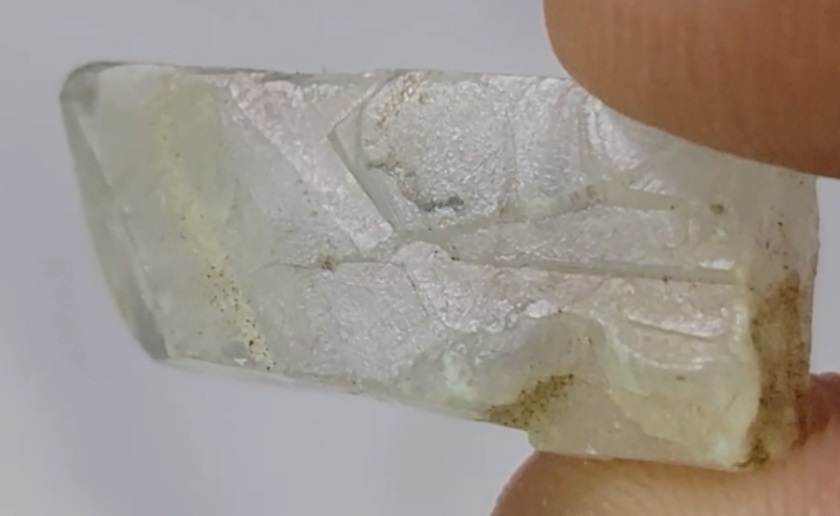
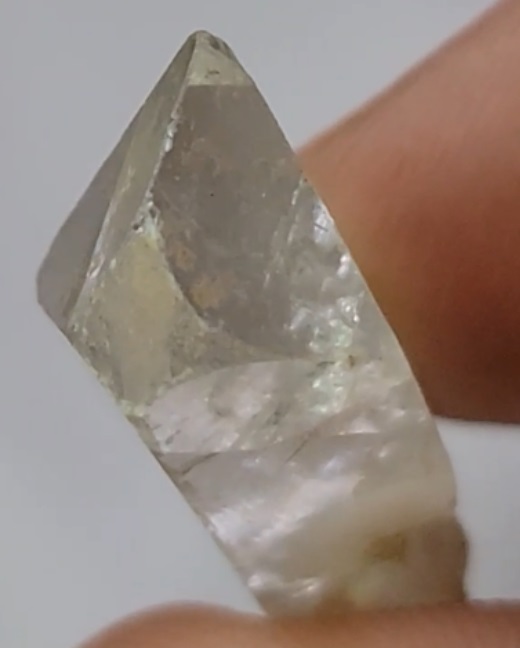
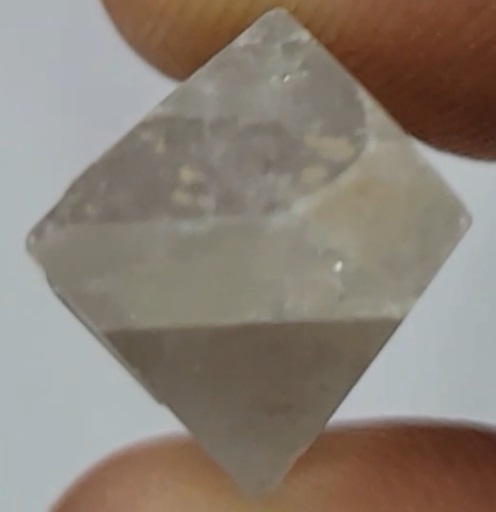
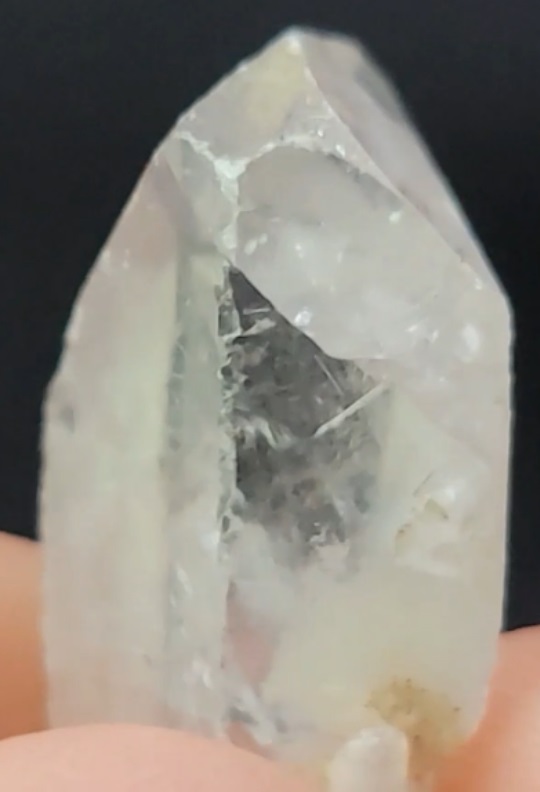
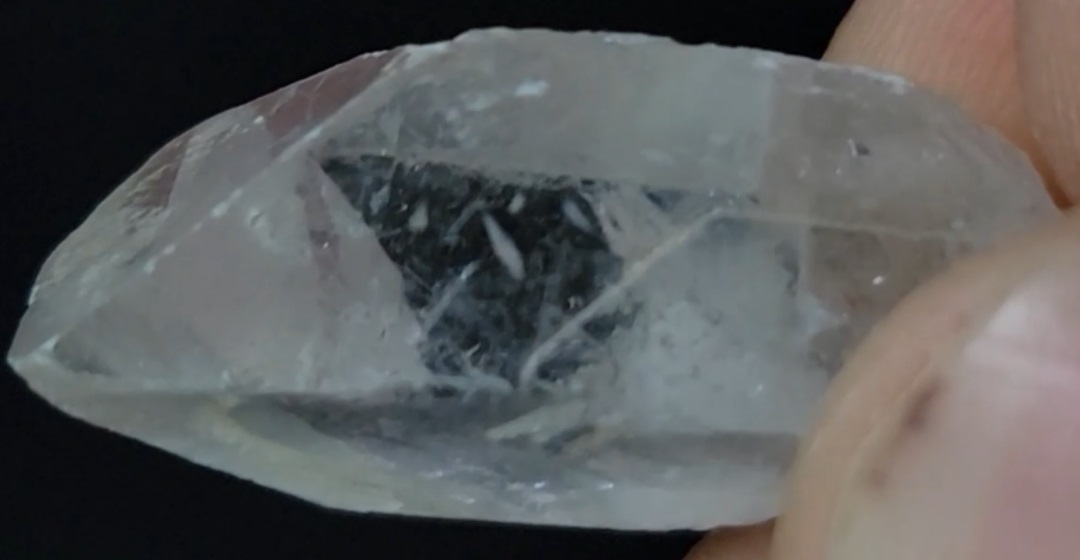




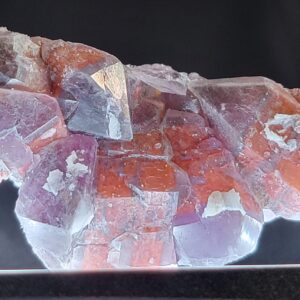

Reviews
There are no reviews yet.